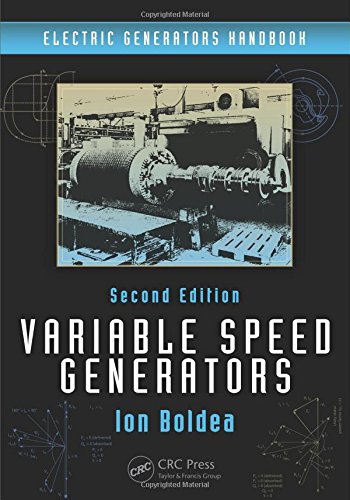

Most ebook files are in PDF format, so you can easily read them using various software such as Foxit Reader or directly on the Google Chrome browser.
Some ebook files are released by publishers in other formats such as .awz, .mobi, .epub, .fb2, etc. You may need to install specific software to read these formats on mobile/PC, such as Calibre.
Please read the tutorial at this link. https://ebooknice.com/page/post?id=faq
We offer FREE conversion to the popular formats you request; however, this may take some time. Therefore, right after payment, please email us, and we will try to provide the service as quickly as possible.
For some exceptional file formats or broken links (if any), please refrain from opening any disputes. Instead, email us first, and we will try to assist within a maximum of 6 hours.
EbookNice Team

Status:
Available4.4
16 reviewsVariable Speed Generators, the second of two volumes in the Electric Generators Handbook, provides extensive coverage of variable speed generators in distributed generation and renewable energy applications around the world. The book delves into the steady state, transients, control, and design of claw-pole-rotor synchronous, induction, permanent-magnet-(PM)-assisted synchronous, and switched reluctance starter alternators for electric hybrid vehicles. It discusses PM synchronous, transverse flux PM, and flux reversal PM generators for low-speed wind and hydro energy conversion. It also explores linear motion alternators for residential and spacecraft applications. Numerous design and control examples illustrate the exposition.
Fully revised and updated to reflect the last decade’s worth of progress in the field, this Second Edition adds new sections that:
The promise of renewable, sustainable energy rests on our ability to design innovative power systems that are able to harness energy from a variety of sources. Variable Speed Generators, Second Edition supplies state-of-the-art tools necessary to design, validate, and deploy the right power generation technologies to fulfill tomorrow's complex energy needs.